What is a chemical peel?
Over time, your skin becomes damaged by the sun and external elements that leaves your skin wrinkled, spotted and coarse. This is what characterizes skin that “looks old”. What we want instead is fresh, vibrant skin. When you have a chemical peel, you are using a chemical to exfoliate part of the top layer of your skin. Removing the “old” skin will promote the emergence of fresh new skin.
Chemical peels are used most often on the face but they can also be used on the neck, upper chest and hands.
The lightest of the chemical peels use alpha hydroxy acids and beta hydroxy acids. These include glycolic acid, lactic acid, salicylic acid and maleic acid. They will leave your skin feeling tighter and looking glowing. These can be done every week or every other week on a regular basis. These should be part of every person’s skin maintenance program.
For more dramatic results on damaged skin, a stronger peel like trichloroacetic acid (TCA) is necessary. TCA is good for deeper wrinkles and more extensive dark spots. It is more effective because it penetrates through the epidermis and down into the dermis of your skin. The stronger the peel, the longer the recovery.
It is important to remember, especially with the stronger peels, that these are real chemicals with real side effects. Although they may be available on the internet for use at home, these chemicals are safest and most effective when used under the direction of a professional. There are many sad cases of misuse of chemical peels that has lead to serious consequences. We advise following the guidance of a physician when trying to achieve your dream of beautiful skin.
What are the benefits of a chemical peel?
There are many benefits to chemical peels. They can:
- Minimize fine lines and wrinkles
- Fade dark spots and even out skin tone
- Improve acne
- Shrink pore size
- Improve the appearance of sun-damaged skin
- Takes coarsely textured skin and makes it smoother, firmer, and more glowing
How much does a chemical peel procedure cost?
The price of the chemical peel depends on the strength of the peel. Stronger peels will cost more than weaker peels. Depending on the peel, your peel may be performed by a licensed aesthetician or our board-certified cosmetic surgeon. Peels are also most effective when done in a series. At your consultation, we will tell you how many treatments will likely be necessary in order to receive the maximum benefits. Please call our office. We will be happy to discuss with you the cost of our chemical peels.
How is the procedure performed?
The journey toward younger, more vibrant skin starts with a consultation. We will sit down with you and perform an in-depth analysis of your face. We will go over with you what your desires are and recommend a treatment plan based on these factors, including the type of chemical to be used and how many treatments will be necessary. If you have a history of herpes on the face (“cold sores”), please let us know so that we can prescribe pre-treatment, anti-herpes medication for you. Depending on your skin tone, you may also need to prepare your skin in advance by applying special creams.
On the day of your chemical peel, you will need to cleanse your face. Do not use any moisturizers or makeup. Your face will be degreased. The chemical peel will be applied to the face.
With the glycolic and salicylic acid peels, you will experience a tingling but it should not be severe. With the deep TCA peel, the burning will be more significant but will not last more than a few minutes. We use a fan for your comfort during this time. The burning will then subside. Cold compresses will be applied. You may notice a whitish frost on your face which represents the exfoliation that is taking place.
How is the recovery process?
Over the next few days after your chemical peel, you may notice peeling. With TCA peels, the peeling can continue for a week or so. This is good news because it is a sign that you are shedding your old skin, making way for more beautiful, fresh skin. Everyone peels differently. Some people will peel a great deal and others will peel much less. You may be a little red for a few weeks. It is possible to minimize the redness using makeup. For a TCA peel, you can repeat the peel in about 3-6 months.
It is normal to feel tightness, stinging sensation, redness, and crusts on the skin. This response is greatest the first time you get a chemical peel and diminishes with subsequent peels. The discomfort level is usually mild.
Stay out of the sun for several months after a peel. Exposure to the sun will increase the chance of pigment (color) changes in the skin, which can look like brown blotches on the skin.
What are the common risks & complications?
Chemical peels generally have minimal complications. These may include:
Scarring
This is rare but may occur, especially in people who have had keloids in the past. Keloids are a thick overgrowth of scarring. Tell your surgeon if you have a history of keloids.
Redness
For most people, the redness lasts only a brief time. For a few people, the redness can be prolonged.
Infection
Infections almost never happen. However, if you are prone to herpes outbreak, you may want to take an antiviral medication before treatment. Make sure you talk to your doctor about this.
Hyperpigmentation or hypopigmentation
This means that the skin can be overly dark or, alternatively, lose its color. This risk is greater in people with darker skin tones, people on birth control pills, getting pregnant or have family members who have this condition.
Frequently asked questions
Q: Is a chemical peel painful?
A: Even for a stronger, TCA peel, the discomfort is usually mild. You will experience intense burning for a few minutes and then it goes back to normal. We do everything we can to make your experience comfortable. Most of our patients tolerate the procedure without difficulty.
Q: How long will I be red for?
A: This varies a great deal with the individual. With the lighter peels, the skin may be red for a few days. With a TCA peel, you can expect longer redness but this is usually easily covered up with makeup. The advantage of a chemical peel is that you are usually less red than after a laser.
Q: Will a chemical peel help the folds (parentheses) around my mouth?
A: A chemical peel improves the texture of the skin and fine lines and wrinkles. It does not help the heavier folds around the mouth, known as nasolabial folds. These particular folds are best treated by Juvederm. Botox relaxes the frown lines and is another usually adjunct to chemical peels in producing the most youthful, refreshed face.
Q: Why did my doctor prescribe creams that I need to take before the chemical peel?
A: Especially with darker skin tones, we want to minimize the risk of hyperpigmentation as much as possible. This is best done by pre-treating the skin and getting it ready for the chemical peel. Your side effects will be lower and your results better by following your doctor’s advice in preparing for your chemical peel.
How do I schedule an appointment?
Our aestheticians would love to meet and go over everything you need to know about chemical peels with you. Just give us a call at 951-699-9201 or use the link below. We look forward to meeting you soon!















